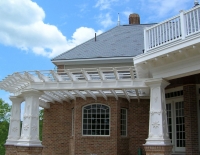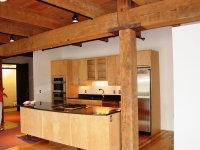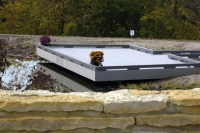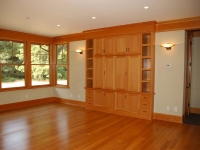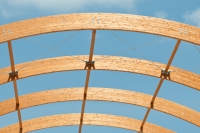Basics of Wood Framing
Mon, Jan 30, 2012Wood framing, or light frame construction, is the assembly of dimensional lumber or engineered wood lumber that is regularly spaced and fastened together with nails to create floor, wall and roof assemblies.� Wood is the most common material used within the construction industry today.


